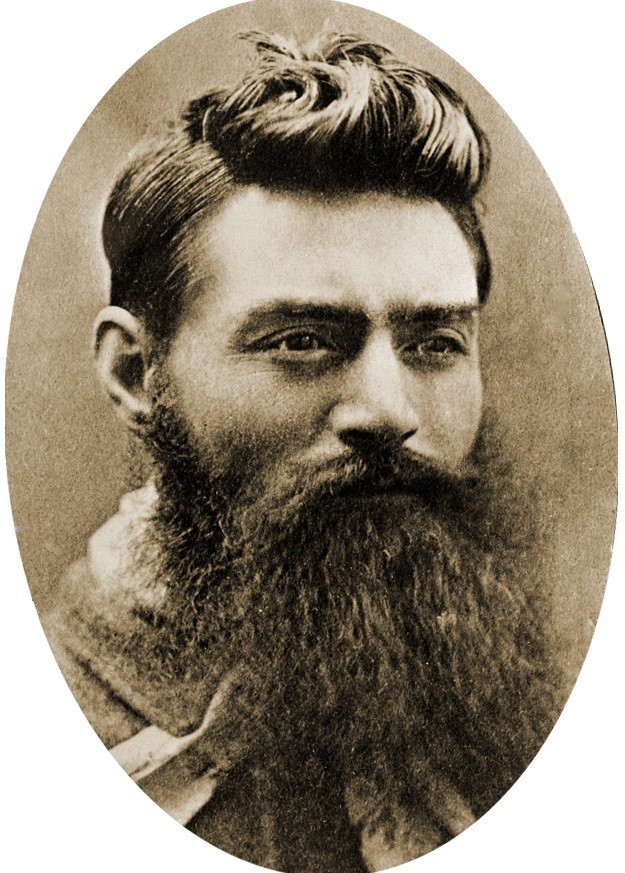Remains Of Iconic Australian Bushranger Ned Kelly To Be Returned To His Descendents

The remains of Ned Kelly, the famed bushranger considered a symbol of Irish-Australian resistance against oppression by the British ruling class, would be returned to his descendents 132 years after he was buried among other prisoners in a mass grave, Australian government officials said Thursday.
Kelly, dressed in home-made plate metal armor and helmet, was captured and sent to jail after a final violent confrontation with police at Glenrowan June 28, 1880. He was hanged for murder at Old Melbourne Gaol in November 1880. His audacity as well as notoriety made him an iconic figure in Australian history, folklore, literature, art and film.
Kelly was buried in the grounds of the old Melbourne Gaol and a death mask was made from his head. In 1929, when the prison was closed, remains of all inmates, including Kelly, were exhumed and reburied in a mass grave at Pentridge Prison.
In August last year, scientists at Australia's Victorian Institute of Forensic Medicine Officials successfully identified the skeleton of Ned Kelly but was unable to provide any confirmation on the location of his skull, which is believed to have been separated from his skeleton during the transfer. The skull was recovered shortly after the transfer and is assumed to have occupied the desk of a Victorian state police detective since 1929 until it was stolen in 1978 never to be found.
The decision to hand over the relics was made after a demand from Kelly's descendants who wanted to bid farewell the outlaw with a private burial. Leigh Chiavaroli, the property developer of the former Pentridge Prison site where Kelly's skeleton was buried, had hoped to keep the remains on the grounds, the Associated Press reported.
Ellen Hollow, great-granddaughter of Ned Kelly's sister Kate Kelly, welcomed the decision.
"The Kelly family will now make arrangements for Ned's final burial," Hollow said in a statement. "We also appeal to the person who has the skull in their possession to return it to (forensic officials), so that when the time comes for Ned to be laid to rest his remains can be complete."
In 2009, a farmer handed the Victorian Institute a skull he claimed was Kelly's. However, forensic tests disproved the claims.
"Kelly has remained a consistent icon of Australia and Australian bush life, so therefore it has a high level of significance from the Australian community because it's part of its cultural heritage," David Ranson, the deputy director of the Victorian Institute of Forensic Medicine, said following the discovery of Kelly's remains last year.
"From a point of view of Australian culture there's always been this dichotomy of Ned Kelly the police killer and the folk hero at a time of unrest and tensions."
A DNA sample from Kelly's great-great-nephew was used by the scientists to match and identify the bushranger's bones.
© Copyright IBTimes 2024. All rights reserved.






















